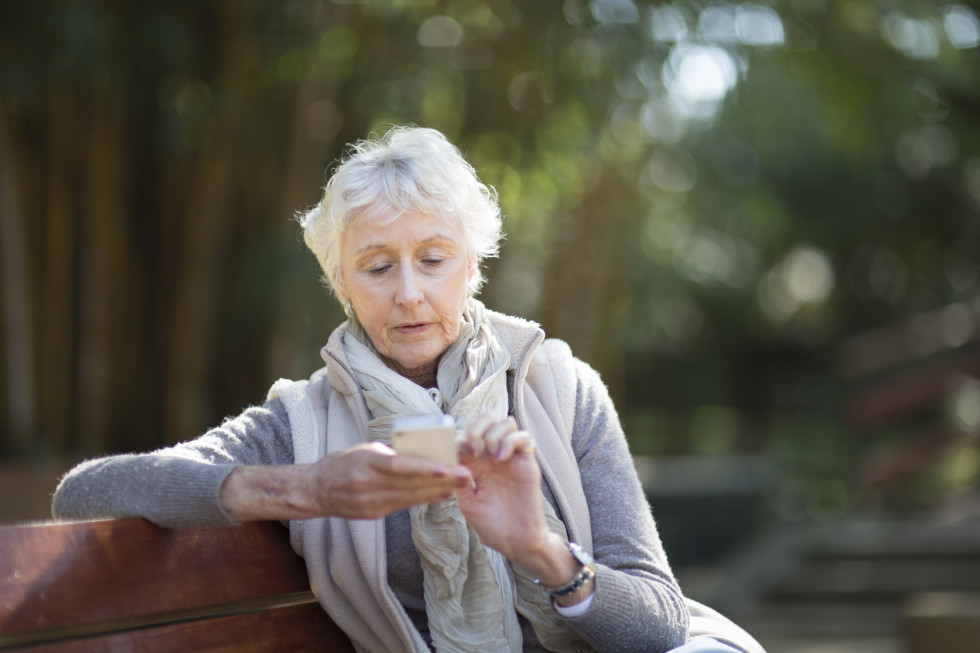Slovenians before and during the epidemic
As much as 93% of people enjoyed a drink, lunch or dinner with relatives or friends at least once a month in 2019. With the declaration of the epidemic in mid-March, when we lost the opportunity for in-person gatherings, contacts moved online.
According to data for the first quarter of 2020, the share of 16- to 74-year-olds active on the social networks Snapchat, Facebook, Instagram and TikTok increased from 52% to 67% relative to the same period last year. The share of users of instant messaging applications such as Viber, WhatsApp, Skype, Messenger and Snapchat, meanwhile, rose by 11 percentage points to 60%. As much as 52% of people used the internet for telephony or video telephony compared to 42% in the same period last year.
The epidemic has also affected the average time spent commuting to work. According to data from 2017, people then spent an average of 44 minutes commuting to work per working day. The average distance per resident commuting to work was 32 kilometres, and the main means of transport was the car. According to the Statistical Office, workers on furlough or working from home during the epidemic therefore saved an average of three-quarters of an hour a day at the expense of commuting to work.
And another interesting fact. At a time when movement is only allowed within municipal borders, residents of the Municipality of Kočevje have the most space to explore, as their municipality is the largest, at 555 square kilometres. The smallest is the Municipality of Odranci, which measures a mere seven square kilometres. The residents of Ljubljana have the highest chance of meeting other people while on a walk, as Ljubljana is the most densely populated municipality, with 1,070 inhabitants per square kilometre. The residents of the Municipality of Solčava, on the other hand, can walk around without having to worry unduly about encountering another person, as it is home to only five inhabitants per square kilometre.


